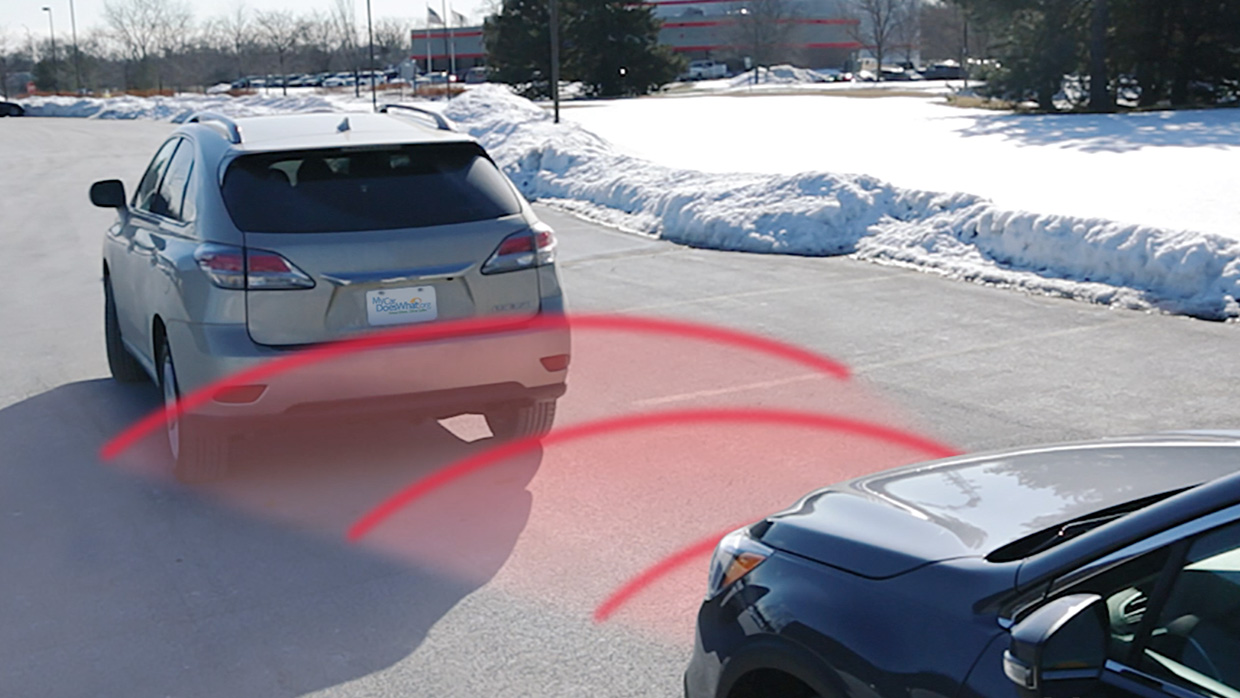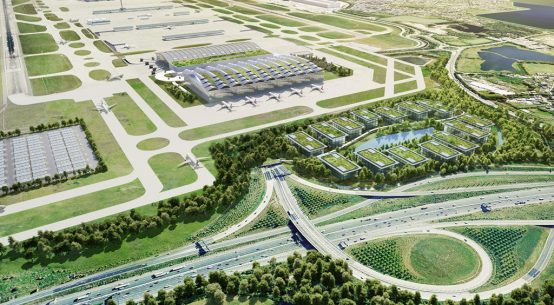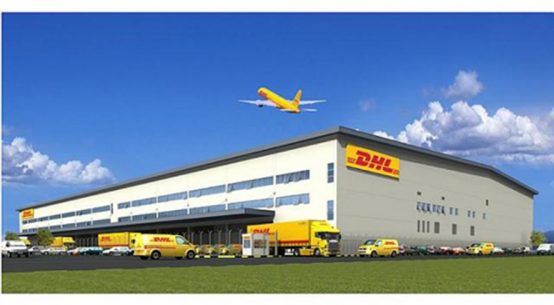
Stop a collision in its tracks
Car manufacturers are making progress to include automatic emergency braking, a crash avoidance technology, on all new vehicles. In a recent analysis, four of 20 automakers – Tesla, Mercedes-Benz, Volvo and Toyota – reported that automatic emergency braking is standard on more than half of their 2017 model year vehicles. Another six manufactures – Honda, Audi, BMW, Subaru, Volkswagen and Maserati/Alfa Romeo – indicated that more than 30 percent of vehicles they produced in 2017 were equipped with the technology as either standard or optional.

The news was jointly announced on Thursday by the National Highway Traffic Safety Administration and the Insurance Institute for Highway Safety, a nonprofit financed by the insurance industry. Both groups said the developments by automakers to voluntarily commit to move toward equipping all new vehicles with automatic emergency braking, also known as AEB or autobrake, is good news for the American public.
“With each model year, manufacturers will increasingly utilize technology to allow vehicles to ‘see’ the world around them and navigate it more safely,” U.S. Transportation Secretary Elaine L. Chao said in a statement.
The autobrake technology includes a range of systems designed to prevent and mitigate rear-end crashes in which drivers do not apply the brakes or fail to apply enough braking power. Sensors like radar, cameras or lasers on the vehicle detect an imminent crash and warn the driver; if sufficient action is not taken, the technology engages the brakes. The manufactures commitment to equip vehicles with automatic emergency braking include the forward collision warning alert feature, which warns drivers about danger ahead, but does not take action.
“This is a big win for safety on our nation’s roads, which will see fewer crashes and injuries because of this commitment,” David Zuby, executive vice president and chief research officer of the Insurance Institute, said in a statement. His group estimates that the voluntary action of including the crash avoidance technology will prevent 28,000 crashes and 12,000 injuries by 2025.
Toyota had the largest number of 2017 vehicles with autobrake technology, followed by General Motors and Honda. Luxury makers lead for the proportion of vehicles they produced with autobrake. Tesla had the highest percentage – 99.8 — followed by Mercedes-Benz and Audi.
Follow us on TWITTER for more Logistics News Follow us on FACEBOOK for more Logistics News
“This progress is great news for luxury car buyers and many others, but many automakers still need to do more,” David Friedman, director, cars and product policy and analysis at Consumers Union, the policy and mobilization division of Consumer Reports, said in a statement. An examination by his organization indicated that only 19 percent of 2017 models included the lifesaving technologies as standard features.
The recent analysis showed that fewer than 10 percent of 2017 vehicles sold by Fiat Chrysler, Ford, Hyundai, Kia and Mitsubishi had automatic emergency braking, and Jaguar Land Rover and Porsche didn’t offer the technology at all on 2017 vehicles.









